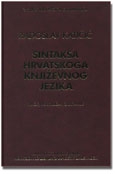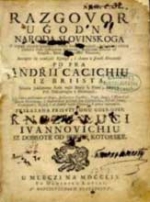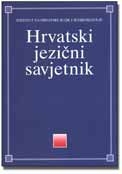But, due to the fact that these two languages have had a radically different past of almost four hundred years and only a few decades of moderately peaceful convergence- it was inevitable that they should eventually diverge.
Through the major part of the 18th century two seemingly contradictory processes had been under way: envigoration of literary activity in two Croatian dialects, Kajkavian (in the north-western part of Croatia) and Štokavian (in the rest of Croatia and in Bosnia); also, penetration of Štokavian influence on Kajkavian writers and local idiom.
During 16th and 17th centuries occurred many processes that shaped the profile of future Croatian standard language: the Ottoman invasion and permanent warfare, followed by mass depopulation and migrations have had at least four lasting consequences:
However, the luxurious and ornate representative texts of Croatian Church Slavonic belong to the later era when they coexisted with the Croatian vernacular literature.
7th to 9th century. First Croatian “official” language was Latin and Croatian name is recorded in Latin inscriptions of Croatian rulers (dukes and kings) in the 9th century.
2000 B.C.E.- the formation of Balto-Slavic linguistic family.
1500-1300 B.C.E. -disintegration of Balto-Slavic family followed by numerous languages changes characteristic for shape of future Slavic languages. The basic features of this period can be only approximately reconstructed by methods of comparative historical linguistics.
Pronunciation basics:
Č, č-as the "ch" in "check
Ć, ć-no English equivalent. Place the tip of the tongue behind the lower front teeth and try to produce a "mixed sound" between the "ch" of "check" and the "t" (actually "ty") of British English "tune". As it were, a “soft” č.
































































 Kontaktirajte nas
Kontaktirajte nas